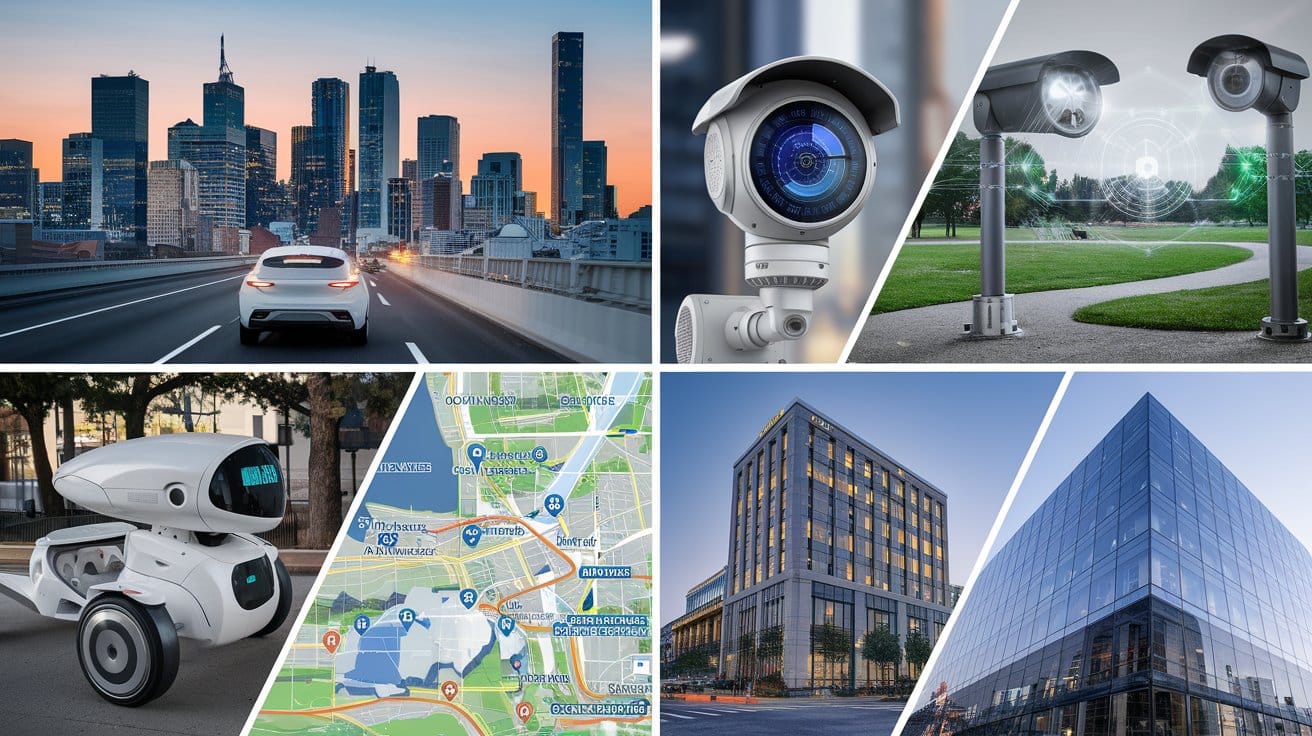How U.S. Cities Use AI to Address Common Issues

Artificial Intelligence (AI) is revolutionizing the way cities across the United States address common urban challenges. From optimizing traffic flow to enhancing public safety, AI technologies are being deployed to create smarter, safer, and more sustainable urban environments. The findings are based on recent initiatives and pilot programs in various cities, highlighting the transformative potential of AI in urban settings.
AI in Traffic Management

Seattle's Project Green Light
Seattle has become a pioneer in using AI to improve traffic flow and reduce carbon emissions through Google's Project Green Light. This initiative utilizes AI and Google Maps data to optimize traffic light timing, reducing stop-and-go emissions and improving vehicle flow at intersections. The pilot program, which began in late 2022, has shown promising results, with traffic engineers able to implement AI-based recommendations quickly and observe positive impacts within weeks.
Broader Implications
The success of Seattle's initiative has implications for other U.S. cities facing similar traffic congestion issues. By reducing the time vehicles spend idling at red lights, cities can significantly cut down on carbon emissions. Google reports that 50% of emissions at intersections are due to vehicles accelerating after stopping, and pollution levels can be 29 times higher at intersections than on open roads.





